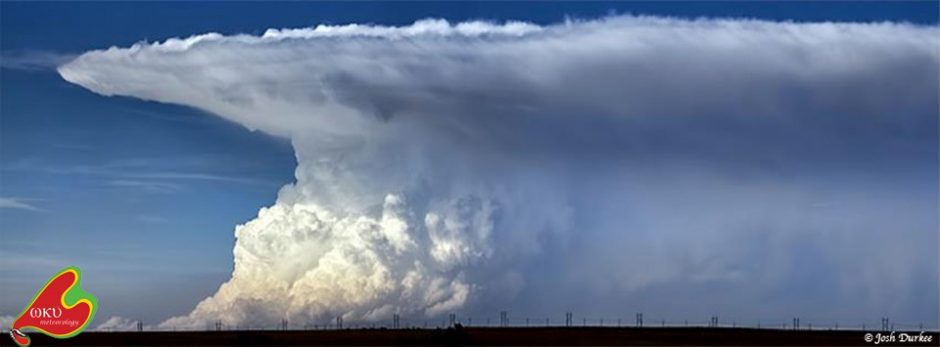Update: Sunday, 2/4 9:54 pm
I will score how well the NWS and MOS fared against the arctic air mass over the Saturday-Wednesday period. I will group the Bowling Green and Lexington forecast by day to make scoring easier. By the way, I made a pretty bad call on the high Saturday. I neglected to account for the lack of cold air advection (CAA) into Kentucky at 850 mb. Since we’re at the bottom of the trough, our winds aloft were westerly. Note how the winds aloft shift more to the northwest as the trough axis swings through the region on Sunday/Monday. This NW flow coincides with the coldest air of the season. I should have noticed this before I criticized the NWS forecast for Saturday. I am somewhat justified though as even the NWS admitted they were too warm with temperatures for the weekend in today’s discussion…
MAIN STORY MONDAY MORNING WILL BE THE COLD LOWS…0-5 ABOVE IN THE NE TO 5-10 ABOVE IN THE SW. THIS IS
CONSIDERABLY COLDER THAN THE MOS AS ITS SUFFERING FROM A WARM BIAS OF LATE. WEAK RIDGING WILL BUILD IN FOR MONDAY ALLOWING SKIES TO BECOME PARTLY SUNNY. HOWEVER…EVEN WITH GOOD INSOLATION…TEMPS NOT GOING TO GO UP VERY MUCH. TRENDED TEMPS DOWN FROM PREVIOUS FCST WITH MID AND UPPER 10S ACROSS THE NORTHERN HALF TO THE LOWER 20S ACROSS THE
FAR SOUTH. LOOKS LIKE COLDEST NIGHT WILL BE MONDAY NIGHT/TUESDAY MORNING WITH LOWS VERY CLOSE TO 0 IN THE BLUEGRASS REGION…COULD EVEN SEE SOME BELOW ZERO READINGS IN SHELTERED AREAS.
*************************************
The students in my Synoptic Meteorology course last fall know my feelings about the ability of model output statistics (MOS) to accurately predict temperatures of an arctic outbreak. Even better, my students know how I feel when forecasters use those MOS values even though they have no known basis in reality during arctic outbreaks. In fact, the inability of MOS to accurately predict highs and lows during arctic outbreaks is so well known there have been a number of research articles to prove this, as seen here, here and here. If this problem is so well known, then why is the NWS forecasting temperatures for much of Kentucky over the weekend that are in some cases higher than the MOS ensemble average?
Back on Tuesday, the NWS drastically lowered temperatures for the Sat-Tues period (Super Bowl weekend) and generally had highs in the mid 20s and lows around 10. Exactly what I would have done. But today, (Friday), they are now forecasting a high of 34 for Saturday and a high of 29 for Sunday. However, the current temperature in Champaign, IL (only 300 miles away) is only 13 degrees! And that air will be here by Saturday afternoon. It appears as if the NWS has done their typical trick of making a great forecast from seven days out, and then panicking by raising temperatures 2-3 days out, and then later today, they will probably lower temperatures to what they were last Tuesday. Doesn’t exactly show confidence.
Just to show you how strange this forecast is, let’s actually look at the meteorology. The NWS is forecasting a high today of 33 for BGKY and a high Saturday of 34. Today’s 1000-500 mb thickness is 522 dm and the 850 mb temp is -12C. Saturday, the models project a thickness of 514 dm and an 850 temp of -16C. How can Saturday be warmer than today?
As an experiment, I have calculated the mean temperature projections for the 00Z Friday, GFS MOS ensembles (the control run, 14 perturbations, and the operational run) for BGKY and Lexington. I have also calculated the lowest value for each perturbation as well as the NWS forecast. Since arctic outbreaks often verify well below the MOS average, then the lowest perturbation value should be a good estimate for the forecast period. I will update this post as the temperatures verify over the weekend.
Overall points through Sunday: (As determined by absolute value of deviation)
Lows
MOS low: 9
MOS avg: 9
NWS fcst: 17
Highs
NWS fcst: 9
MOS low: 12
MOS avg: 13
Bowling Green
Saturday
MOS Avg: 15/34
MOS Low: 14/32
NWS Fcst: 18/34
Actual: 13/37
Lexington
Saturday
MOS Avg: 11/29
MOS Low: 10/27
NWS Fcst: 16/29
Actual: 8/30
Score: The morning lows Saturday were both well below that of the NWS and just below that of the lowest of the MOS ensembles as I predicted. However, the high in Bowling Green was actually above both the NWS and MOS values while Lexington was right on the money.
Saturday points: (As determined by absolute value of deviation)
Lows
MOS low: 3
MOS avg: 5
NWS fcst: 13
Highs
NWS fcst: 4
MOS avg: 4
MOS low: 8
Bowling Green
Sunday
MOS Avg: 16/32
MOS Low: 13/25
NWS Fcst: 16/29
Actual: 14/26
Lexington
Sunday
MOS Avg: 9/24
MOS Low: 6/18
NWS Fcst: 9/23
Actual: 11/21
Sunday points: (As determined by absolute value of deviation)
Lows
MOS avg: 4
NWS fcst: 4
MOS low: 6
Highs
MOS low: 4
NWS fcst: 5
MOS avg: 9
Bowling Green
Monday
MOS Avg: 13/20
MOS Low: 7/15
NWS Fcst: 17/27
Lexington
Monday
MOS Avg: 4/14
MOS Low: -1/9
NWS Fcst: 10/23
Bowling Green
Tuesday
MOS Avg: 5/27
MOS Low: 0/20
NWS Fcst: 8/24
Lexington
Tuesday
MOS Avg: 1/20
MOS Low: -4/15
NWS Fcst: 5/18
Bowling Green
Wednesday
MOS Avg: 14/32
MOS Low: 6/20
NWS Fcst: 12/32
Lexington
Wednesday
MOS Avg: 13/26
MOS Low: 6/22
NWS Fcst: 4/24
